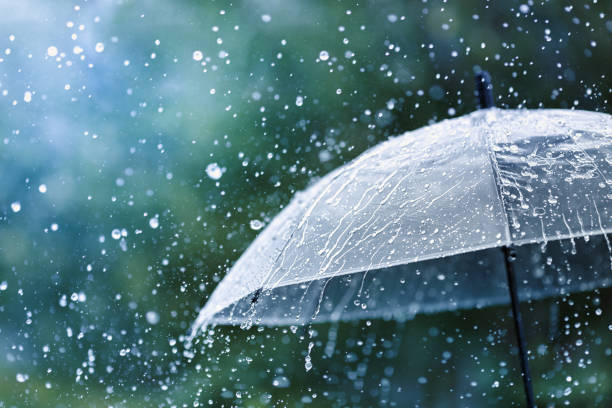What Are Tornadoes?
Tornadoes are incredibly powerful wind storms that form out of very strong thunderstorms. Scientists still don’t understand why some thunderstorms produce tornadoes and other thunderstorms do not produce these devastating natural disasters. Tornadoes form when several events take place in the storm. The first event is the formation of a rotating column of air. When […]









